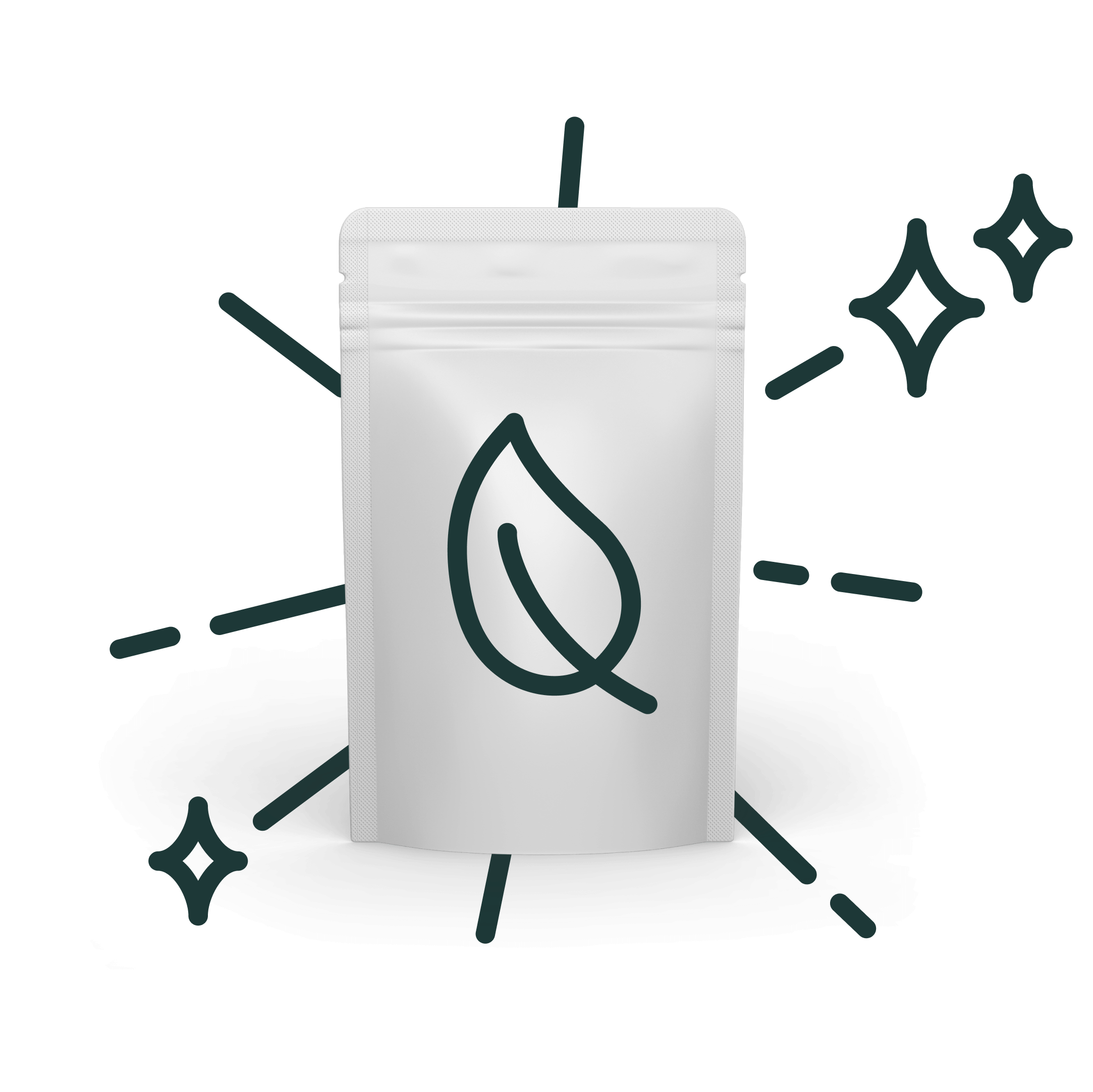Everything in view?
Everything in view?
Everything in view?
Used "pearl white" correctly?
Transparent areas correctly defined?
"Metallic" areas correctly defined?
Everything in view?
Everything in view?
Everything in view?
Are EAN and QR codes inserted as vector files?
Are the image formats PNG, TIFF or PSD and not JPEG?
Are all images embedded in the document?
Everything in view?
Everything in view?
Have all colours been created in CMYK colour mode?
Have all spot colours been converted to process colours?
Everything in view?
Everything in view?
Everything in view?
Are all texts at least 6pt in size?
Have all fonts been converted to paths andembedded?
Have you converted all effects for fonts and lines into paths?
Ready for printing?
Ready for printing?
Ready for printing?
Have you exported your finished design as an Adobe PDF?
Have you selected the "Illustrator Standard" setting?
Is the compatibility set to "Acrobat 7 (PDF1.6)"?

